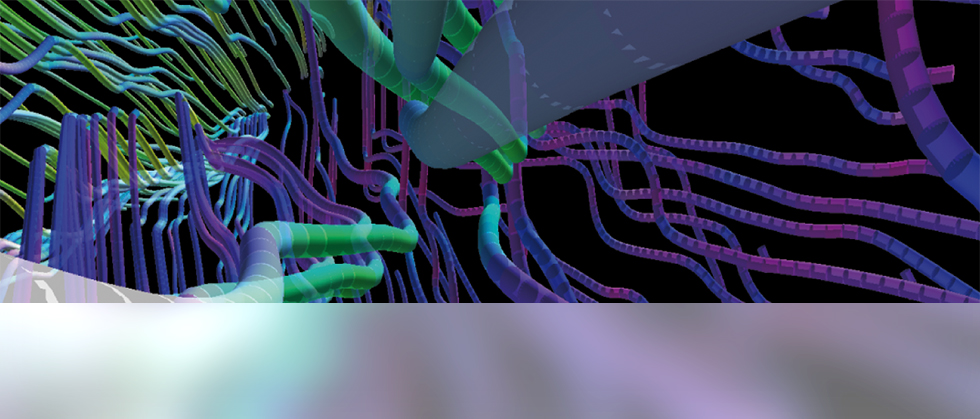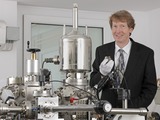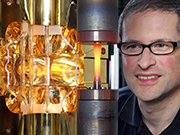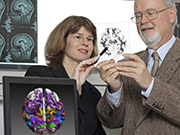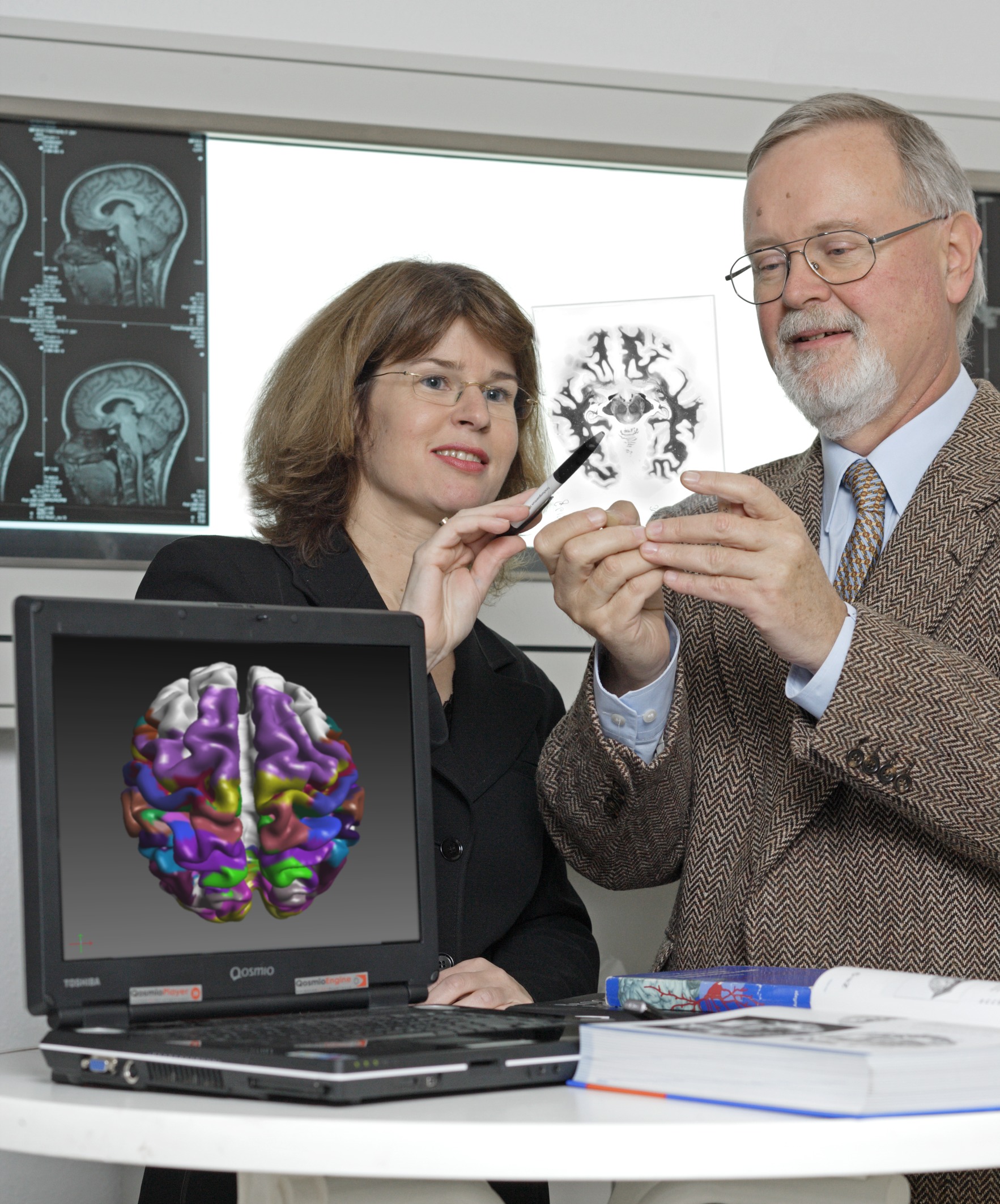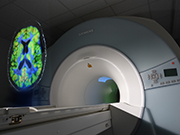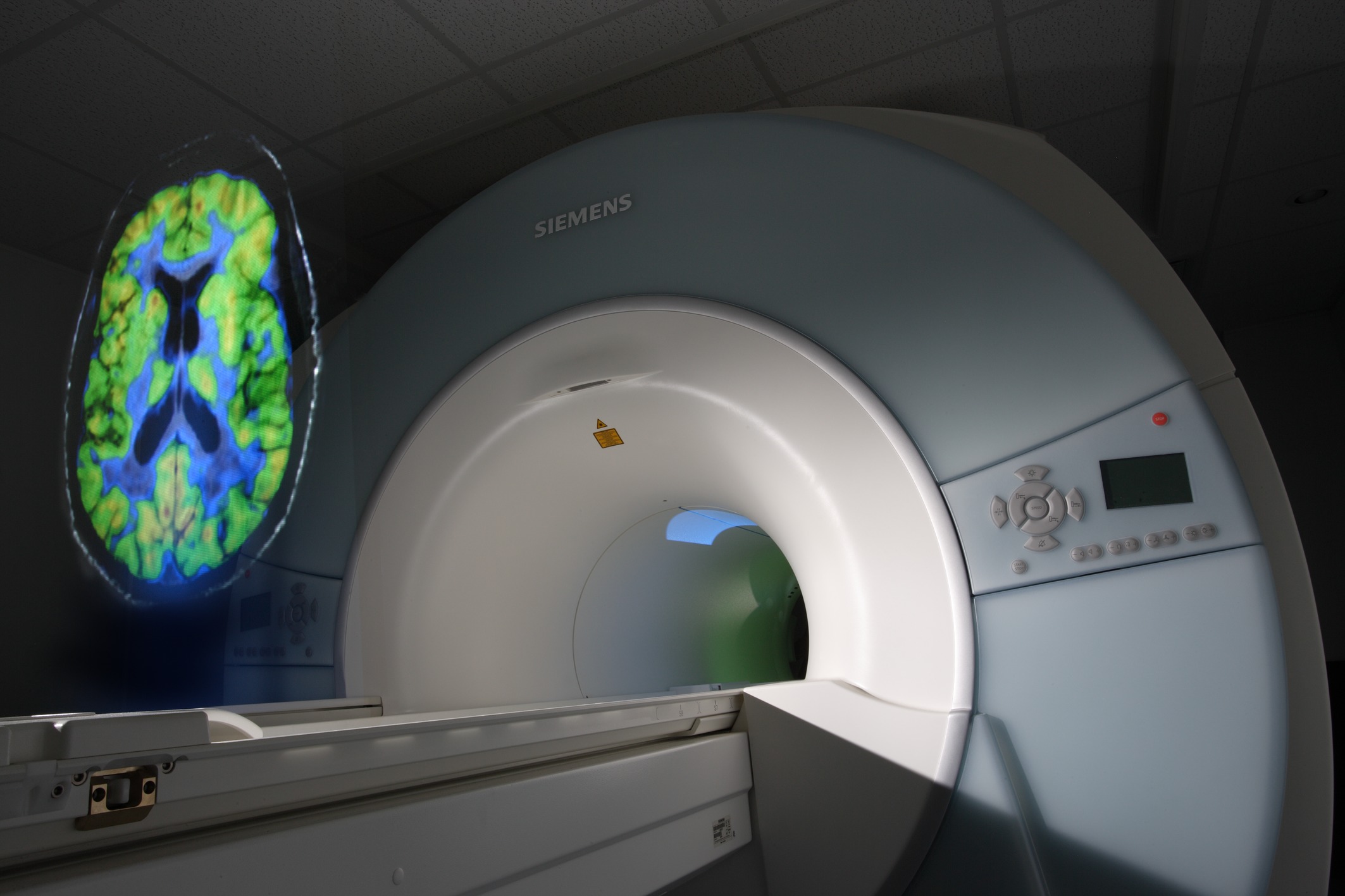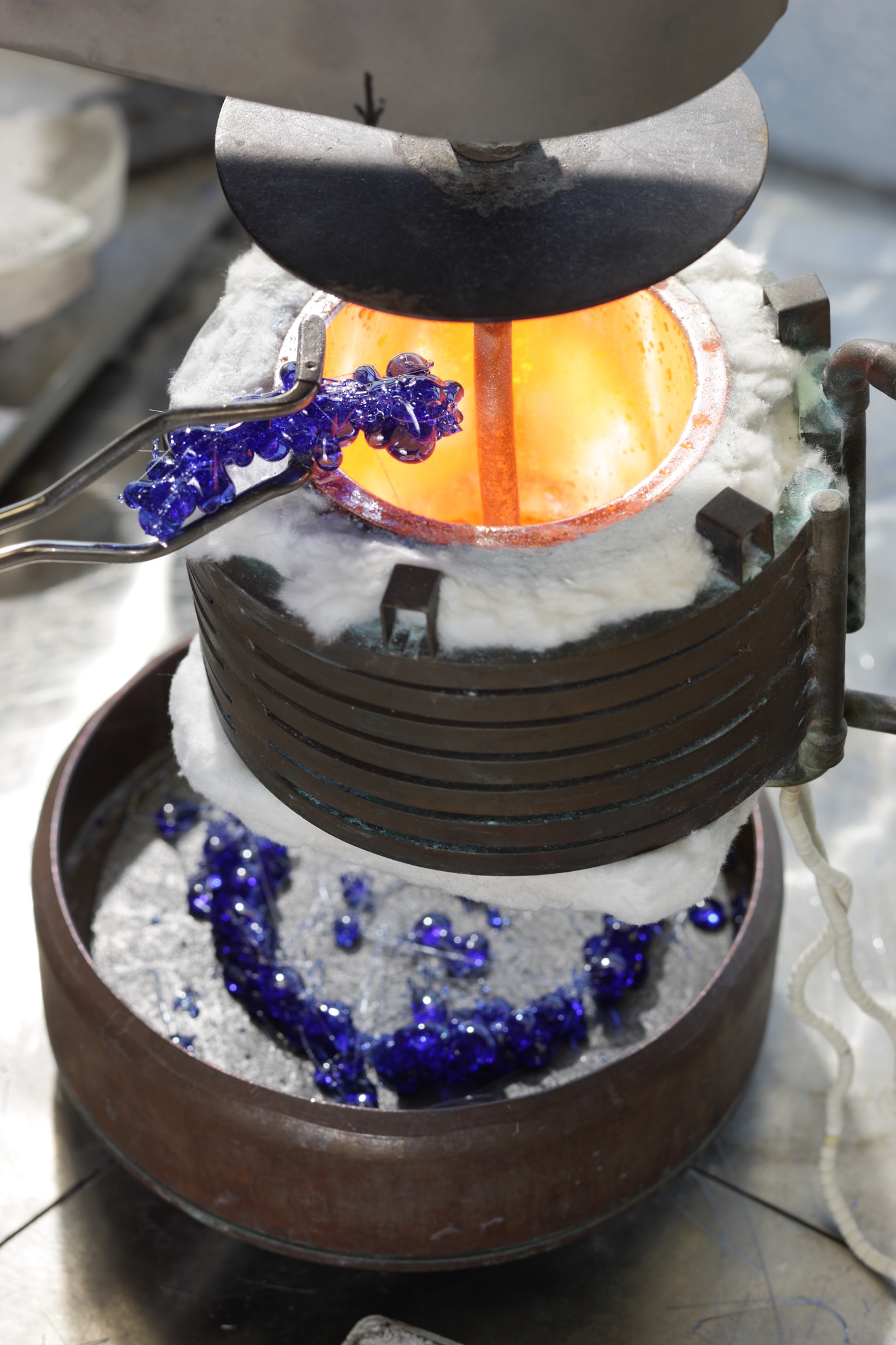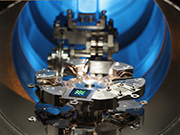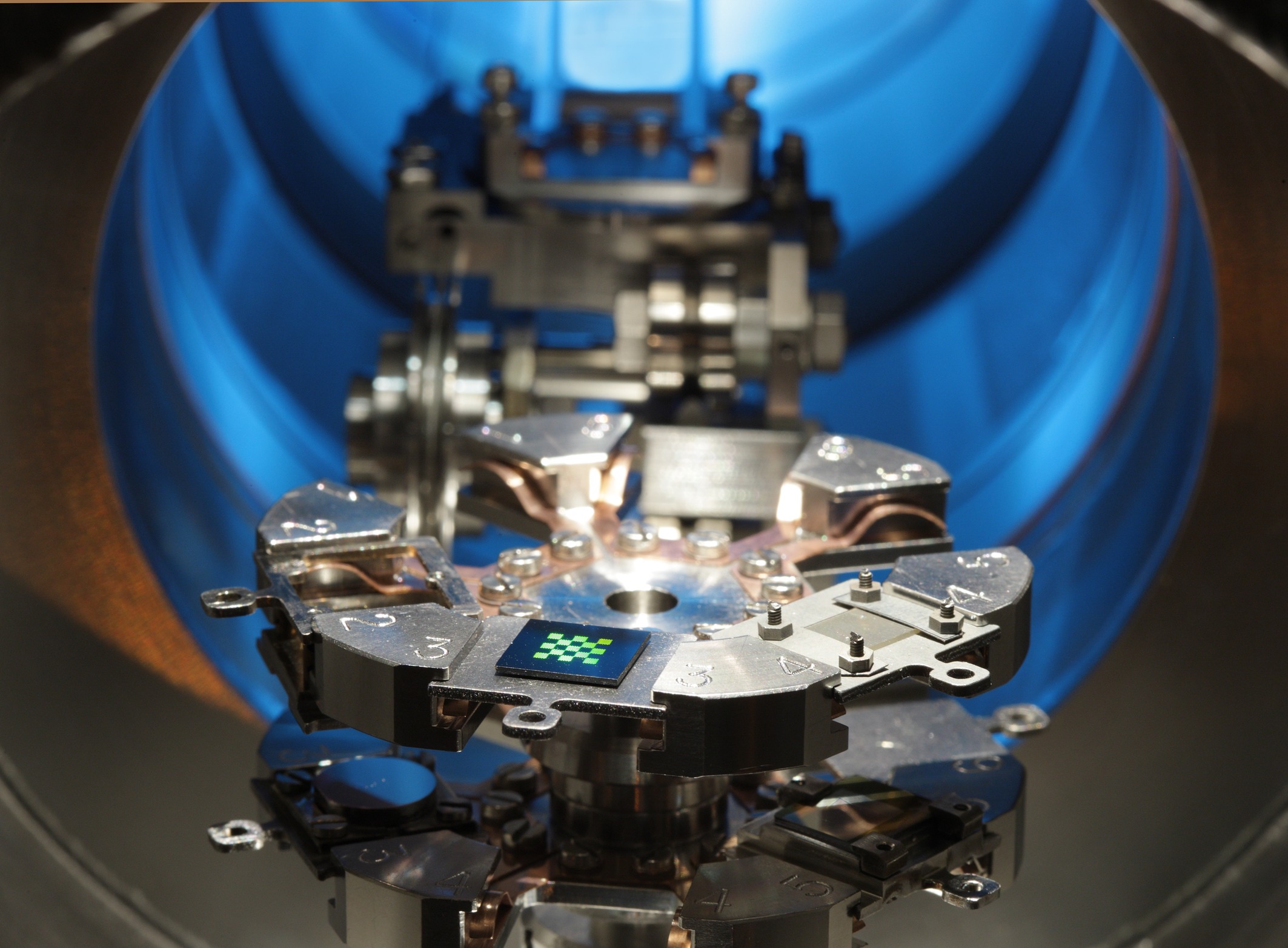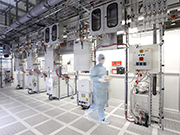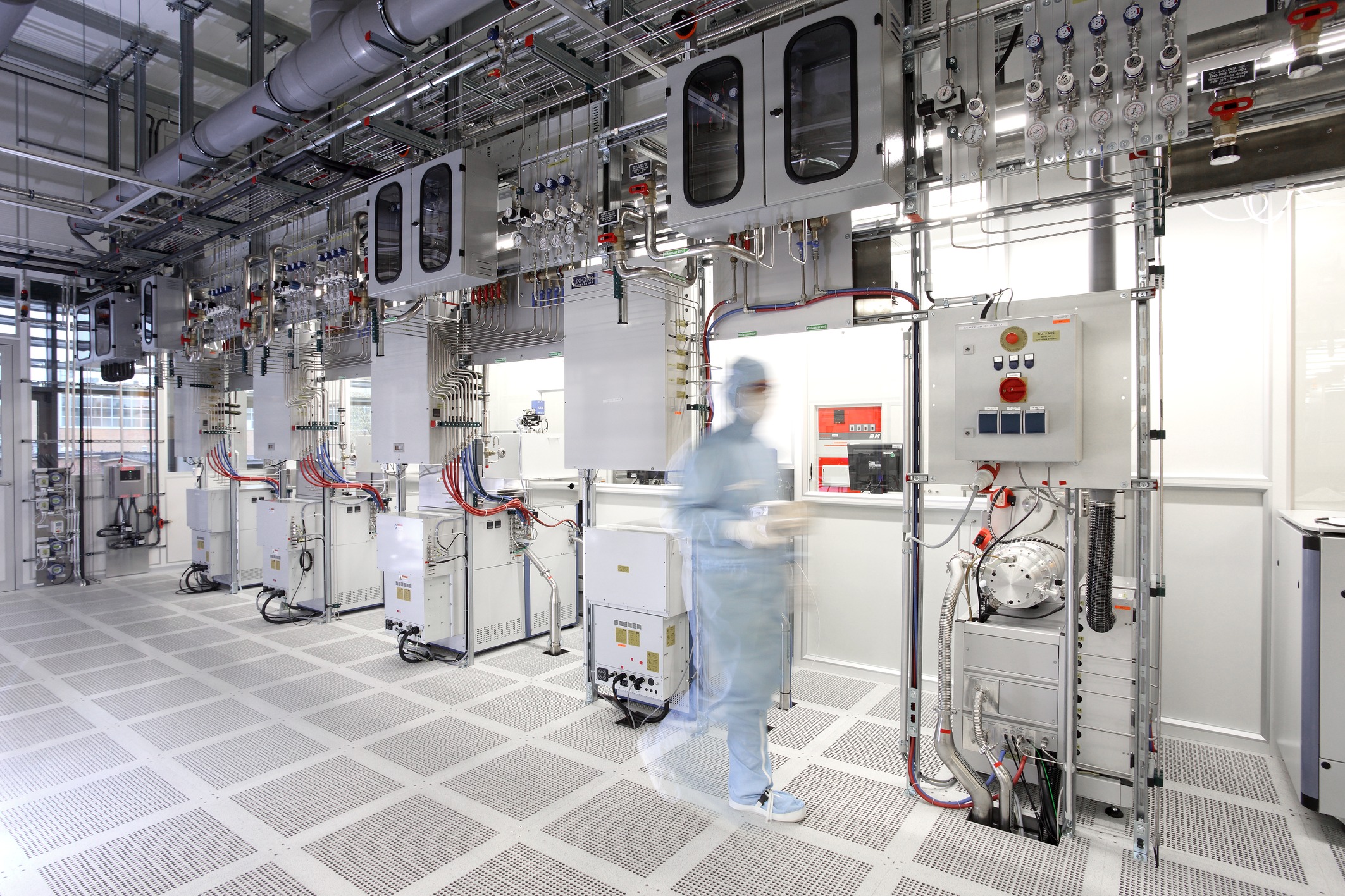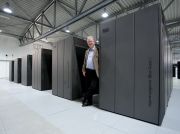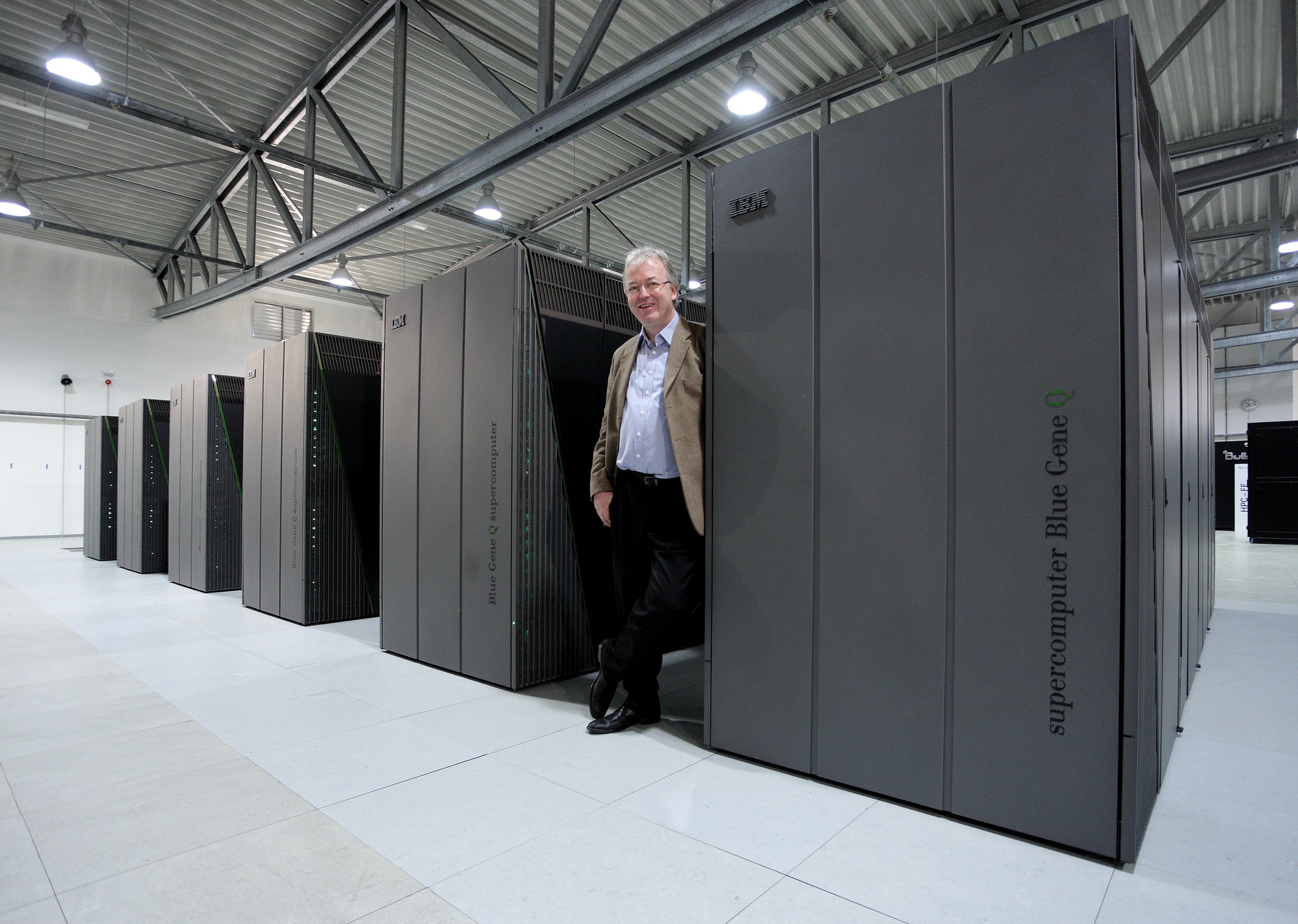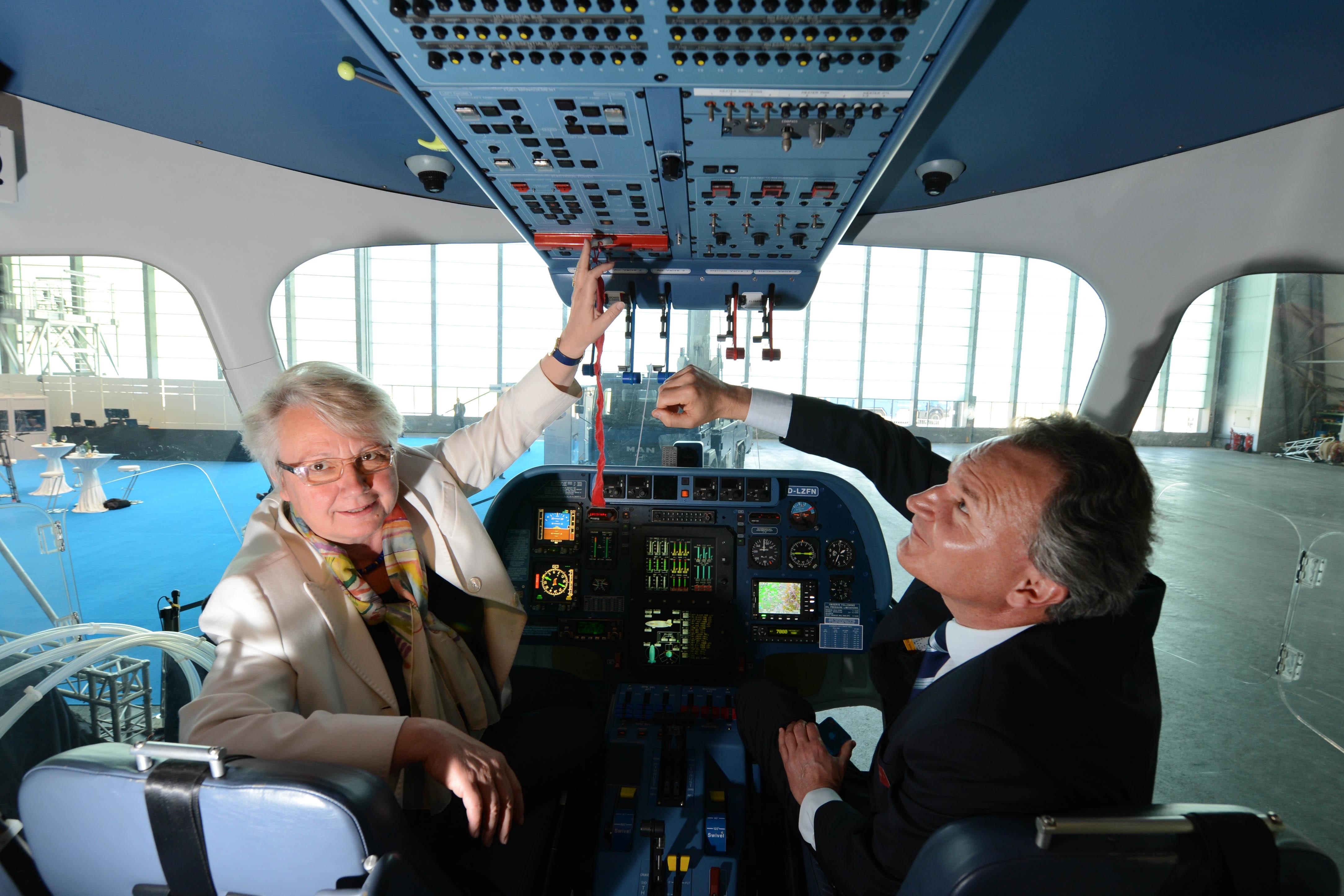Jülich defines energy and the environment, information technology, and neurosciences as its core fields and is guided by the principle of researching key technologies for the future. The understanding of materials remains crucial both for supplying energy and for information systems. Fundamental to this is expertise in physics and especially in nanotechnology and information technology. Supercomputers continue to play a central role, since simulation today forms a bridge between theory and experiment.
Among the strategic partnerships with industry and with universities and research institutions, the "Jülich Aachen Research Alliance" (JARA), formed in 2007 with RWTH University Aachen, is perhaps the most innovative. Starting in 2013, Jülich has set up Helmholtz Institutes at universities.
In 2011, Forschungszentrum Jülich was hit by the "fuel spheres scandal". Media reports that spherical fuel elements from the former AVR reactor had disappeared attracted major public attention, but were later revealed as untrue. The German nuclear regulatory authorities confirmed that the nuclear fuel was being safely held in the interim storage facility at Jülich.
German energy transition and challenges posed by demographic change
After the Fukushima disaster in 2011, the Federal Government decided to transform the energy system. For nuclear power to be fully phased out, renewable energies must be used. This major task can only be achieved by innovations in energy research.
In addition to environmental and energy issues, problems arising from demographic change are also growing in importance. Ageing societies are increasingly confronted with brain diseases like Alzheimer’s. Intensive research is required in order to improve how we diagnose and treat such conditions. A deeper understanding of how information is processed in the human brain could also provide ideas for modern information technology. Information processing forms a field of research that is of great significance for overcoming various future challenges.
Research institutions are now expected to think beyond the boundaries of their own institutes and to organize themselves in overarching research programmes. Funding is directed at research projects that look for solutions in cooperation with universities or partners from industry.
Dates
| 2009 | Inauguration of "9komma4", a 9.4-tesla MR-PET hybrid tomograph that can simultaneously examine structure, function, and molecular processes in the brain |
| 2009 | Inauguration of the Jülich neutron spin echo spectrometer at the strongest spallation source in the world at Oak Ridge, Tennessee |
| 2011 | The Bioeconomy Science Center (BioSc) is founded as a centre of scientific excellence for a sustainable bioeconomy with the universities of Aachen, Bonn, and Düsseldorf |
| 2012 | The electron microscope PICO enables atomic structures to be studied with the highest precision |
| 2013 | Inauguration of the Helmholtz Nanoelectronic Facility with a cleanroom laboratory covering a floor space of 1,200 square metres |
| 2013 | The "Big Brain" 3D digital atlas of the brain with a resolution of 20 micrometres becomes available to those active in the fields of science and medicine |
| 2014 | Discovery of the dibaryon, a complex particle consisting of six quarks, on the COSY particle accelerator |
| 2015 | Separation of Jülich's nuclear activities in JEN, an entity incorporated in the EWN group of companies |
| 2015 | World record: Jülich fuel cell clocks up more than 70,000 hours of continuous operation |


